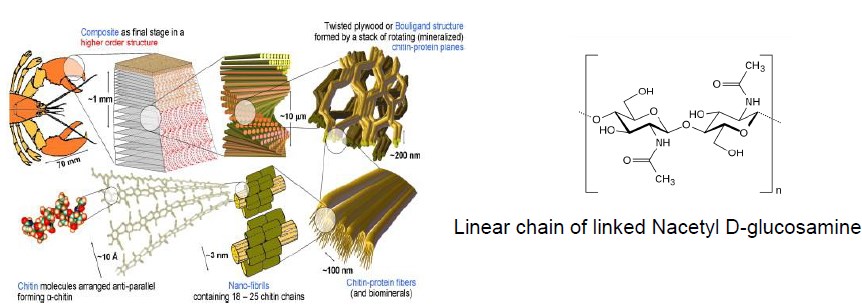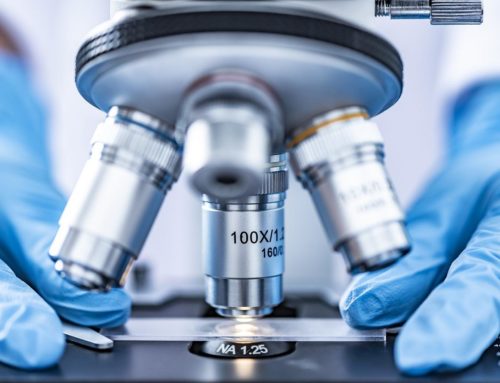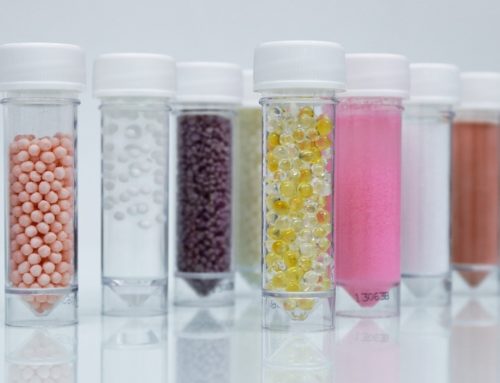Emulsions is used in large application domains such as cosmetics, pharmaceuticals
Increasing environmental awareness is prompting researchers and industrialists to develop strategies for environmental sustainability by using processes and materials with low cost, energy consumption and toxicity. As an example, emulsions, used in large application domains such as cosmetics, pharmaceuticals… usually use surfactants issued from the petro-chemical industry.
Pickering emulsions for which colloidal-sized particles
In this framework, it is now well established that surfactant free can be stabilized by dispersed solid particles to form the so-called Pickering emulsions for which colloidal-sized particles may be irreversibly anchored at the oil/water interface revealing a very high emulsion stability. Yet, it was demonstrated in our team that direct oil-in-water (O/W) Pickering emulsions can be stabilized only by negatively charged Cellulose Nanocrystals (CNC) or positively charged Chitin Nanocrystals (ChNC).
In this study, two series of O/W emulsions stabilized by the two different types of solid nanoparticules (cellulose and chitin nanocrystals) were prepared. A dye (paprika) was dissolved in the oil phase. The control of the dye release has been monitored by modification of the droplets surface making the wall of the droplets thicker.

NATURAL POLYSACCHARIDES
- Abundance
- High-scale production
- Low toxicity
- Biodegradability
- Biocompatibility
CELLULOSE
Cellulose is an important structural component of the primary cell wall of green plants

CHITIN
Chitin is a characteristic component of the cell walls of fungi, the exoskeletons of arthropods such as crustaceans (crabs, lobsters and shrimps) and insects.

RELEASE EXPERIMENTS
Two series of O/W emulsions stabilized by the two different types of solid nanoparticules (cellulose and chitin nanocrystals) were prepared using a concentration of 5g/L in order to have a resistant shell. A dye (paprika) was dissolved in the oil phase and its delivery was studied.
Emulsion with NCC (negatively charged) or ChiNC (positively charged) alone
Fast delivery of Paprika for NCC and ChiNC (100% in less than 15 minutes)
Open structure: need to add a protection
Emulsion of NCC or ChiNC coated with an alginate (negatively charged) or a chitosan (positively charged) layer
The coating of alginate on chitin reduces the releasing time
The releasing kinetic depends on alginate concentration
Not enough: Need to thicken more
Emulsion of CNC coated with multilayered Chitosan / CNC
The coating of chitosan on cellulose reduces the releasing time
The release is relatively slower with chitosan-Cellulose multilayer
Need to put more layer?
Crosslinking of the wall?
Natural polysaccharides can be viewed as new biobased materials
Natural polysaccharides with their ecological properties can be viewed as new biobased materials with low environmental impact promoting innovative functionality. We showed that it was possible to obtain highly stable oil-in-water Pickering emulsions stabilized only by unmodified CNC or ChNC . The amazing properties of these systems in terms of stability and mechanical behavior for encapsulation of any oil, are due to both of their anisotropic shape and the irreversible nature of such particles adsorption.
The structural properties of nanocrystals are combined to a layer-by-layer (LBL) approach for the fabrication of multilayer microcapsules using nanocrystalline cellulose or chitin as one of the components of the assemby in order to delay the release time. The applicability of the nanoassemblies as active component delivery carriers has been explored loading paprika.
D. Saidane*, M. Costard‡, G. Ongmayeb‡ and I. Capron*
*INRA, UR1268 Biopolymères, Interactions et Assemblages, 44300 Nantes, France
‡Capsulæ, Rue de la Géraudière, 44322 Nantes, France
Contact-us
"*" indicates required fields



